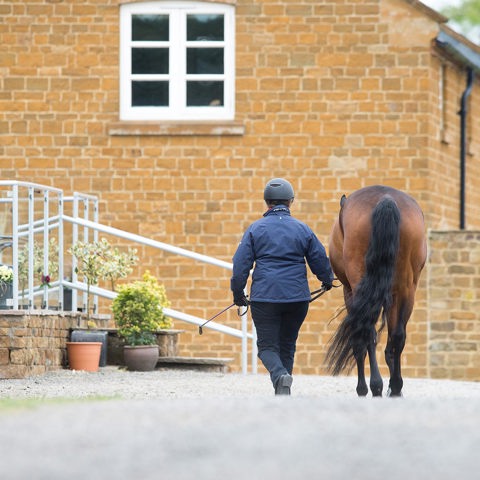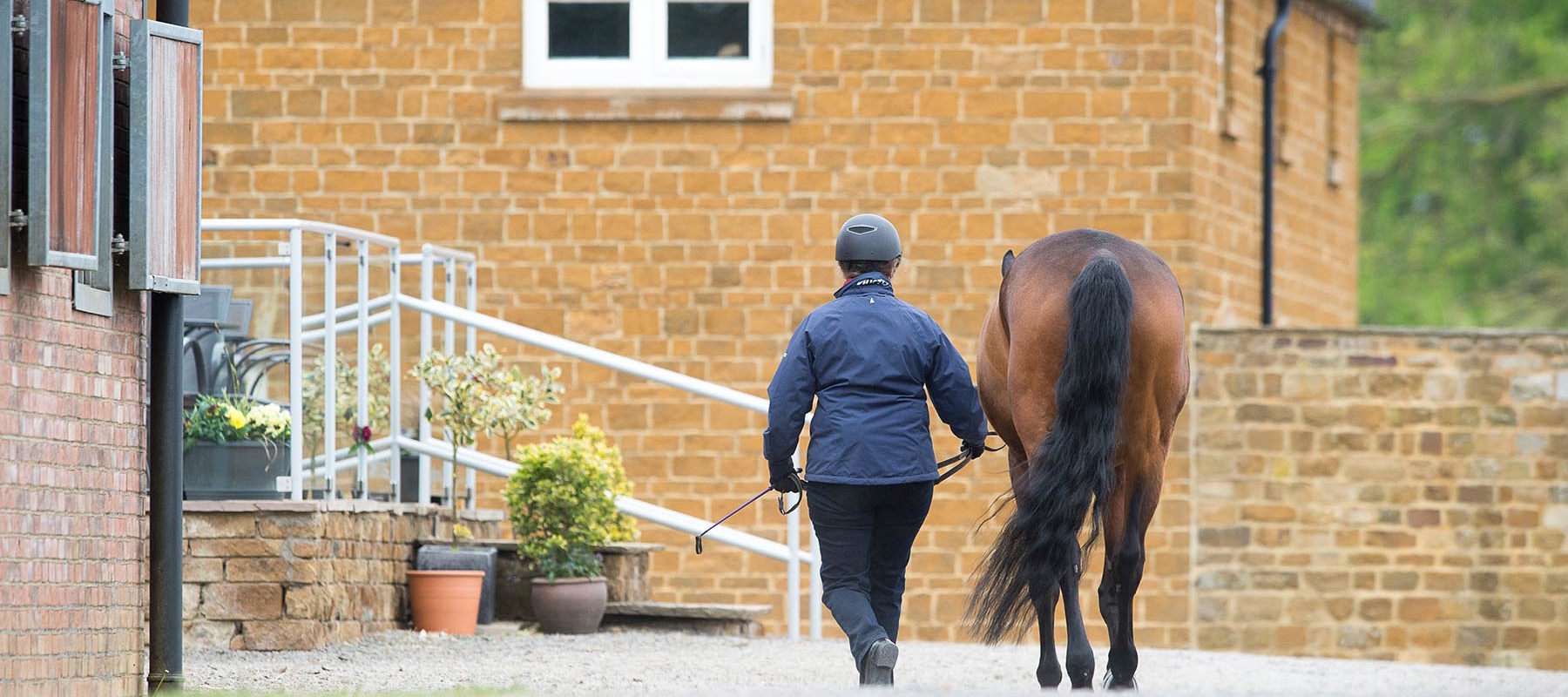The purpose of a vetting is to assess the horse for any pre-existing health conditions which may affect their ability to participate in your preferred activities. It’s important to be aware that vettings aren’t a guarantee for future health.
A vetting might seem like a big additional cost, but it could save you money in the long run. If you’re buying a horse with a relatively modest purchase price, the cost of a vetting might seem especially hard to justify. Vettings can be an investment as the cost of caring for a horse with underlying health problems can potentially add up to a much bigger figure.
If you’re planning to insure your new horse against veterinary costs, insurance companies will ask for a Stage 2 or 5 vetting dependant on the purchase price of the horse. Usually, they’ll ask for a copy of the vetting certificate within a specific time frame of the insurance being taken out. It’s important to do your research with different companies to double check their requirements.
Vetting considerations:
• Explain the purpose of your purchase to your vet. Are you buying the horse to compete at a specific level in a certain discipline, or are you looking for a horse for recreational hacking use?
• To avoid conflicts of interest, make sure you arrange the vetting yourself and use your own, or an independent vet. It’s strongly advised not to use the seller’s vet.
• The vet can only assess the condition of the horse on the day of the vetting. However, the vetting is likely to flag up any major issues that you might otherwise miss.
• X-rays are not included in the Stage 2 or 5 vetting, but these are often a consideration for buyers.
The differences between a Stage 2 and Stage 5 vetting
Stage 2
chevron-down
chevron-up
• Full physical examination at rest to identify any signs of injury, disease or physical abnormality
• Assessment at walk and trot, including flexion tests and lungeing on a hard and soft surface (where safe to do so)
• Examination of passport and microchip
• *Blood sample.
Stage 5
chevron-down
chevron-up
• Full physical examination at rest to identify any signs of injury, disease or physical abnormality
• Assessment at walk and trot, including flexion tests and lungeing on a hard and soft surface (where safe to do so)
• Ridden exercise - to raise the horse’s heart and breathing rate
• A period of rest followed by an assessment of the horse’s recovery
• Final trot up and re-evaluation
• Examination of passport and microchip
• *Blood sample.
*A blood sample is usually stored for six months. Should any complaint arise, the sample can be tested to detect any substances that may have been used on the day to hide any health or temperament issues1.
A vet is unlikely to ‘pass’ or ‘fail’ a horse but will discuss the likelihood of the individual horse being suitable for their desired use.
.
The British Equine Veterinary Association have created a helpful guide to vettings and have a checklist for both buyers and sellers. The seller may now be asked to complete a sellers declaration form before the vetting takes place
References
chevron-down
chevron-up
- Royal Veterinary College. Pre-Purchase Examinations


